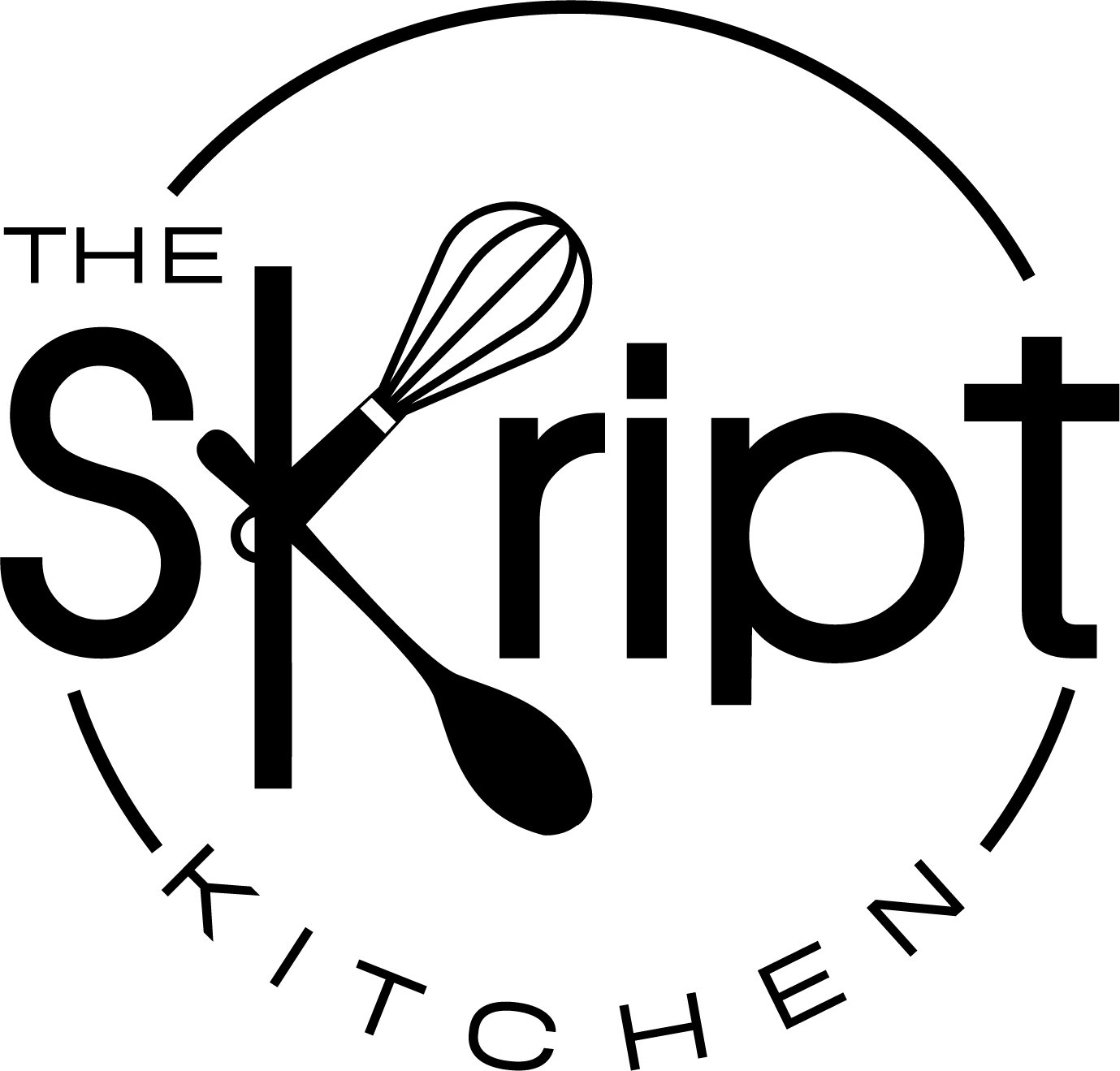Garlic and onions are super healthy foods: They are promising for reducing risks of cancer (stomach and esophageal) and help prevent eye diseases (1,2).
But despite these (and more) protective effects, you might still be inclined to exclude these foods from shopping lists because of their…special offerings, whether that’s the unmistakable odour permeating your breath—or the gas forcing tears out of you.
To help you lovingly re-welcome these ingredients into your system, we looked into ways to prep these foods for optimal nutritional effects (while avoiding the above unfortunate events)!
1. Garlic
What to know
Yes, garlic is great, and have you heard of black garlic? This is garlic that has been aged; it's indicated to provide better disease-prevention effects—and more potent antioxidant properties—than non-aged (aka fresh) garlic does (3,4). Garlic sprouts have also been observed to contain antioxidant and anti-inflammatory properties (5).
In addition, garlic eaten raw is known to help prevent platelets from clumping together (garlic is 13 times more potent at achieving this effect than onions are!) (6). Eating crushed garlic over a few months was also shown to significantly reduce blood pressure and cholesterol, whereas swallowing them whole did not (7). So, you may have a lower risk of developing cardiovascular disease when you chew-se to chew garlic.
Bonus hack
Consume raw lettuce or apples (not juiced or warmed versions) right after you eat garlic—alternatively, chew on mint leaves. Research from 2016 shows that consuming these was greatly breath-refreshing (8)!
True NOSH products containing garlic/black garlic
2. Onions
What to know
Onions come in various colours—diversify the onion types you choose to optimize for all sorts of nutrients:
Western Yellow onions contain more flavonoids—compounds with promising antioxidant and anticancer properties than some other varieties do—in fact, they have 11 times the amount in Western White ones (9,10). Red-skinned onions contain nearly twice the amount of phenolics (which have antioxidant properties) in yellow-skinned ones (11,12).
When chopping onions, keep the outermost layers as these are where the most antioxidants may be found (13). Also, store onions in dry spaces—not in the fridge, where they spoil faster (14).
Consider baking onions to optimize their phenolic content as well (15). And if you decide to boil onions, note that some valuable nutrients may leach into the water, e.g. folate and vitamin C, which are water-soluble (16,17,18).
Cook onions with tomatoes, since pairing these leads to more lycopene—specifically the version with more antioxidant properties—becoming available from the latter (19). Lycopene is recognized for its positive effects on memory and learning (20).
Bonus hack
To avoid spouting tears when chopping onions, explore tested tactics while you julienne away, such as wearing goggles and chewing gum (21).
True NOSH products containing onions
3. Garlic and onions together
Cooking cereals and pulses with garlic and onions can significantly elevate the iron and zinc bioaccessibility from these products (e.g. a stunning 159.4% more zinc from cereals!) (22). Definitely give this a go if you do not eat meat (which is admittedly the best source of these nutrients) (23).
If you do eat meat, consider adding garlic and onions as well. The heterocyclic aromatic amines (HAAs) found in cooked protein-containing food (like meat) are carcinogenic compounds (24,25). Adding garlic and onions leads to decreases in HAA content (e.g. a 49% drop using onions!) (26).
Happy dis-clove-ring the wonders and ap-peel of garlic and onions!
By Shawn Chang
References:
1. https://pubmed.ncbi.nlm.nih.gov/10429652/
2. https://www.huffpost.com/archive/ca/entry/foods-healthy-eyes_n_974368
3. https://pubmed.ncbi.nlm.nih.gov/34443625/
4. https://www.ncbi.nlm.nih.gov/pmc/articles/PMC6049750/
5. https://pubmed.ncbi.nlm.nih.gov/28880969/
6. https://pubmed.ncbi.nlm.nih.gov/10319916/
7. https://www.ncbi.nlm.nih.gov/pmc/articles/PMC1173136/
8. https://www.sciencedaily.com/releases/2016/09/160923083806.htm
9. https://pubmed.ncbi.nlm.nih.gov/15506817/
10. https://pubmed.ncbi.nlm.nih.gov/12710022/
11. https://www.ncbi.nlm.nih.gov/pmc/articles/PMC8151956/
12. https://www.ncbi.nlm.nih.gov/pmc/articles/PMC6254163/
13. https://www.ncbi.nlm.nih.gov/pmc/articles/PMC6443770/
15. https://www.ncbi.nlm.nih.gov/pmc/articles/PMC8151956/
16. https://onlinelibrary.wiley.com/doi/10.1002/jsfa.6478
17. https://time.com/5566916/are-garlic-and-onions-healthy/
18. https://www.ncbi.nlm.nih.gov/books/NBK538510/
19. https://pubmed.ncbi.nlm.nih.gov/28847422/
20. https://pubmed.ncbi.nlm.nih.gov/34284544/
21. https://www.dailymail.co.uk/femail/article-3524767/
22. https://pubmed.ncbi.nlm.nih.gov/20597543/
23. https://academic.oup.com/ajcn/article/82/1/5/4863426
24. https://pubmed.ncbi.nlm.nih.gov/30642492/
26. https://www.sciencedirect.com/science/article/abs/pii/S0308814609012321

